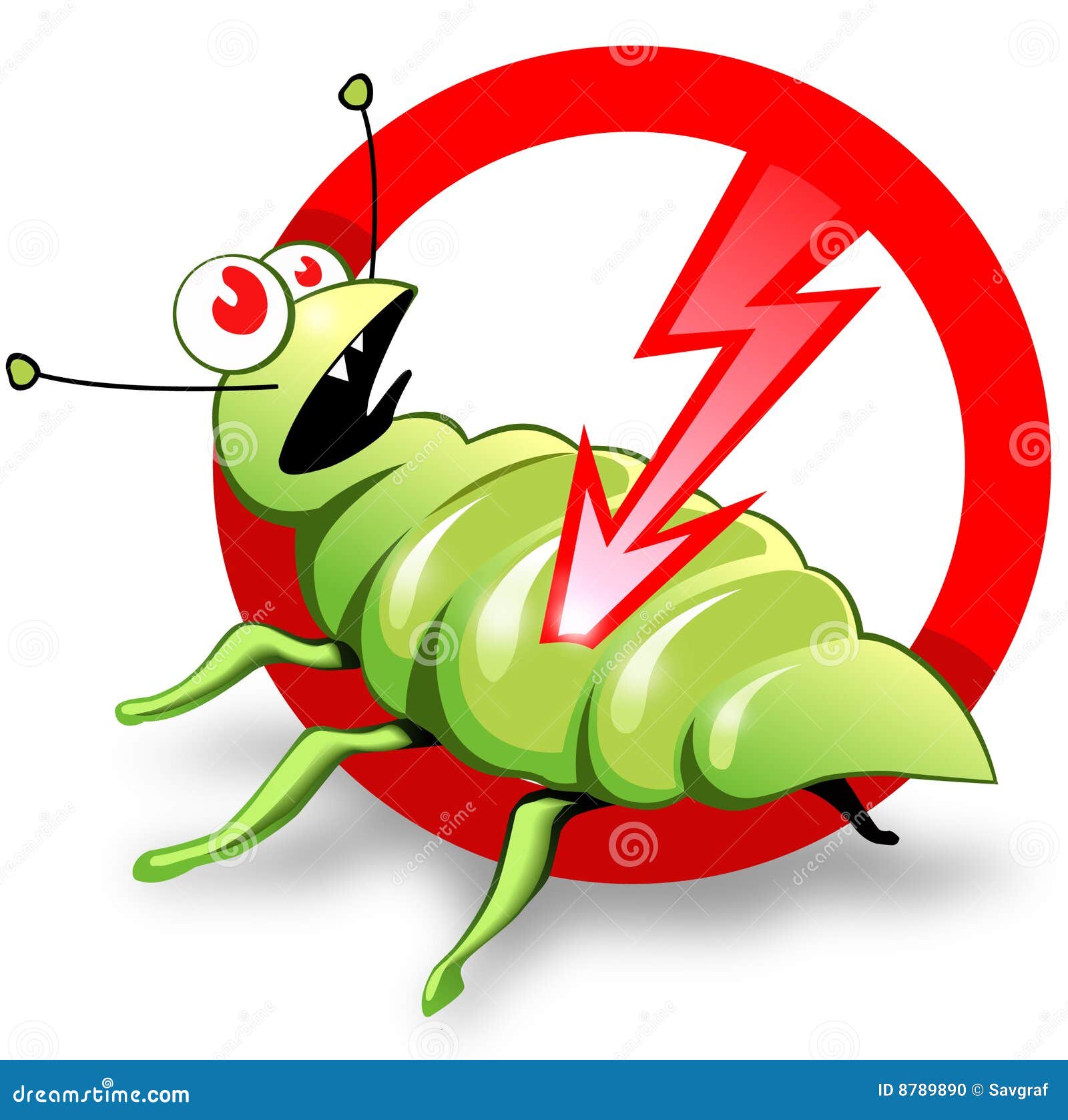High-quality Pest Control to maintain your space clean and pest-free.
Eco-Friendly Bug Control Approaches for Taking Care Of Wildlife in Urban Locations
Urban locations often discover themselves at the junction of human activity and wildlife, leading to one-of-a-kind challenges in bug management. Environmentally friendly strategies stress lasting coexistence, utilizing techniques such as habitat adjustment and natural repellents to minimize human-wildlife conflicts. These techniques not only secure the setting however additionally improve community involvement in wild animals management. As city populations remain to grow, recognizing the dynamics of wild animals communications comes to be increasingly critical. What innovative methods can be implemented to guarantee both ecological equilibrium and metropolitan security? Exploring this question discloses a compelling landscape of possible remedies.
Understanding Urban Wild Animals Dynamics
Recognizing Urban Wildlife Characteristics is necessary for creating reliable and green pest control methods. Urban areas are increasingly coming to be habitats for various wild animals types, driven by variables such as environment fragmentation, food availability, and human encroachment. Recognizing these characteristics permits a nuanced technique to pest monitoring that lines up with eco-friendly concepts.
Urban wildlife usually includes varieties such as raccoons, squirrels, and birds, which adapt to city settings, locating particular niches in eco-friendly areas, parks, and also houses. Their existence can bring about disputes with human beings, specifically when they manipulate human sources for food and shelter. Recognizing the actions and eco-friendly functions of these species educates methods that lessen negative communications while advertising biodiversity.
Moreover, acknowledging the interdependencies within metropolitan ecosystems helps in identifying vital areas for environment conservation and repair. This knowledge adds to the development of integrated pest monitoring (IPM) strategies that consider the ecological balance, thereby lowering reliance on harmful chemicals. By fostering conjunction between humans and urban wildlife, cities can develop healthier atmospheres that benefit both residents and local ecosystems, leading the method for lasting city living.
All-natural Repellents and Deterrents
Natural repellents and deterrents offer a sustainable option to standard insect control approaches by utilizing the power of nature to keep unwanted varieties away. These green solutions usually make use of plant-based ingredients, important oils, and various other naturally happening substances that prevent bugs without hurting the environment.
One reliable natural repellent is peppermint oil, which is known to ward off rodents and bugs. Its solid fragrance is unpleasant to lots of pests, making it a preferred selection for city settings. Vinegar and citrus peels can offer as deterrents, as their strong smells are generally unappealing to numerous wildlife.
Additionally, diatomaceous planet is an all-natural powder that can be spread out in areas prone to insect activity, efficiently dehydrating and hindering bugs without posing dangers to non-target varieties. Garlic sprays and neem oil are acknowledged for their capability to repel a large variety of bugs, including both bugs and bigger wild animals.
Executing these natural repellents not only decreases dependence on chemical pesticides yet additionally promotes a much healthier city community, cultivating an extra well balanced coexistence between humans and wildlife. By using these approaches, urban areas can properly manage pest populaces while reducing environmental impact.
Environment Adjustment Strategies
Effective environment modification methods play a crucial duty in sustainable pest monitoring by altering the atmosphere to make it much less helpful to pest infestations. By comprehending the environmental characteristics of city areas, homeowner can carry out strategic adjustments that prevent insects while advertising biodiversity.
(Mosquito Misting Systems)One key strategy entails preserving proper sanitation. This includes normal waste elimination, protecting trash bins, and getting rid of standing water to minimize reproducing sites for pests and rodents. In addition, landscaping techniques such as picking indigenous plants can enhance eco-friendly balance, offering environments for beneficial organisms while reducing resources for bugs.
Another essential technique is to seal entrance points in structures. Examining and fixing cracks in foundations, walls, and windows can considerably reduce insect gain access to. Developing physical barriers, such as fencings or plant buffers, can hinder wild animals activity right into human-inhabited areas.
Integrated Insect Administration Practices
Structure upon habitat alteration techniques, incorporated insect monitoring (IPM) techniques provide an all natural strategy to regulating pest populaces while lessening environmental influence. IPM combines various approaches, consisting of biological, cultural, mechanical, and chemical controls, to attain effective insect monitoring.
Organic control entails the intro of all-natural killers or parasites to lower parasite populaces. Social techniques, such as plant rotation and sanitation, disrupt pest life process and reduce their habitats - Pest Control. Mechanical controls, like traps and barriers, give immediate relief from insect pressures without chemical treatment
Chemical controls are made use of as a last hotel, concentrating on targeted applications that limit injury to non-target species and the atmosphere. The choice of ecologically friendly chemicals, when needed, is essential to the IPM framework. Additionally, checking insect populations and evaluating potential damage assists notify decision-making, making sure that interventions are timely and effective.
Neighborhood Participation and Education And Learning

(Tentless Termite Treatment)Workshops and educational sessions can equip residents with knowledge about native species, environment conservation, and efficient safe pest monitoring strategies. Partnership with schools, regional companies, and federal government agencies even more boosts instructional outreach, making sure that essential information gets to diverse target markets.
Moreover, community-led campaigns, such as neighborhood clean-up days and environment reconstruction projects, not just advertise biodiversity however also enhance area connections. Pest Control. By motivating locals to share their experiences and observations, communities can develop targeted techniques that attend to particular local pest problems
Including comments from locals into bug monitoring intends allows an extra responsive and flexible approach to wild animals difficulties. Ultimately, informed and involved areas are crucial to achieving lasting success in eco-friendly pest control, causing much healthier metropolitan environments that respect both human and eco-friendly requirements.

Final Thought
In final thought, green bug control comes close to offer sustainable options for taking care of metropolitan wildlife. By focusing on habitat modification, making use of natural repellents, and executing integrated insect management practices, neighborhoods can promote an unified conjunction with regional fauna.